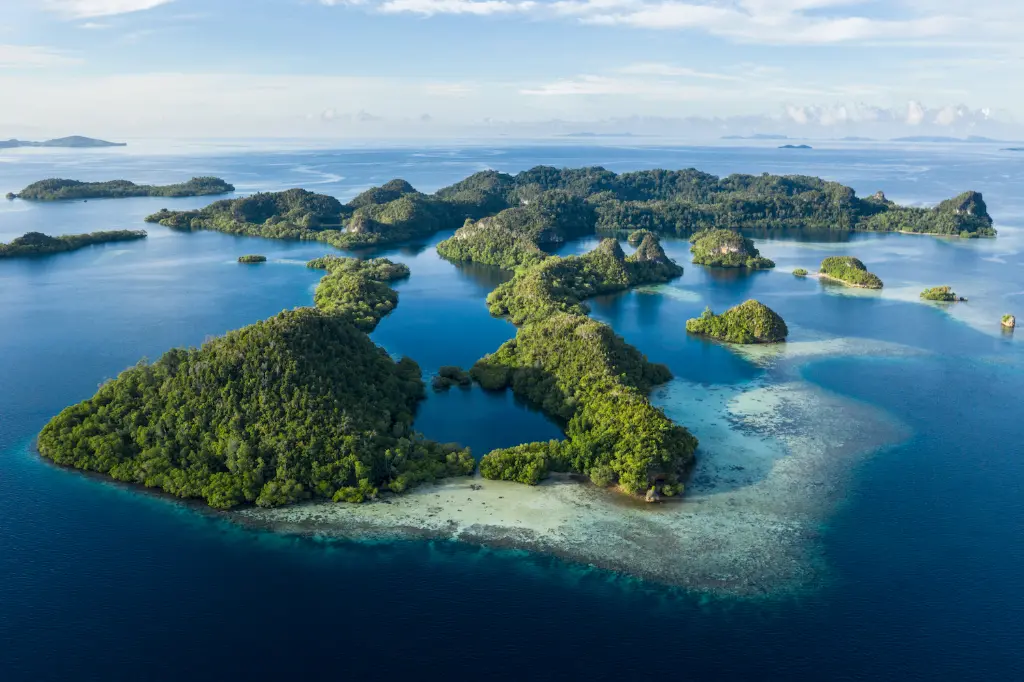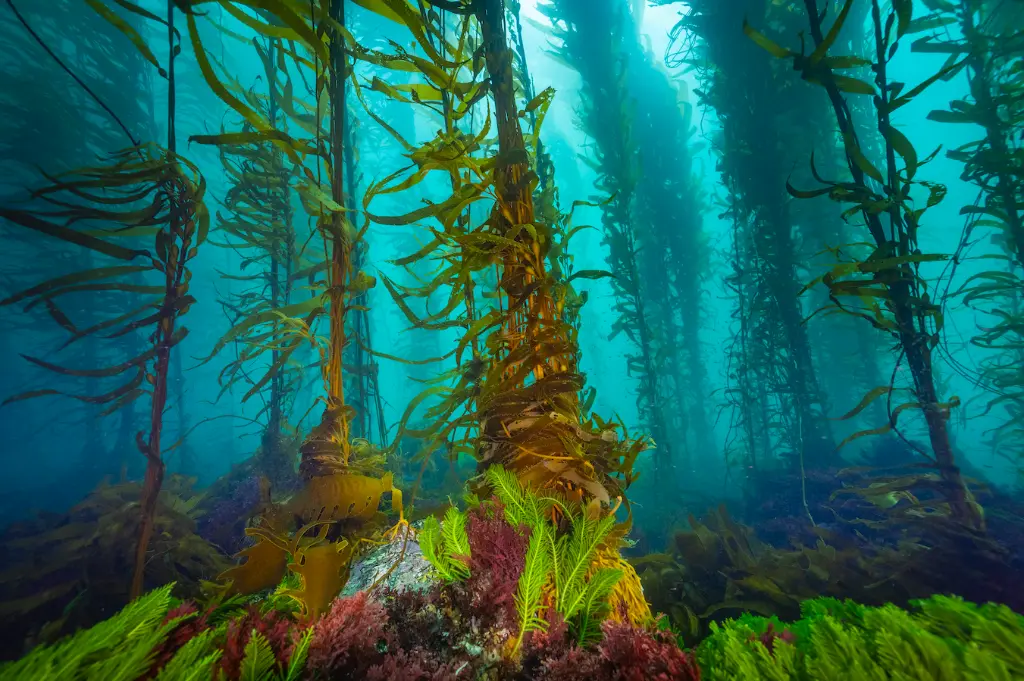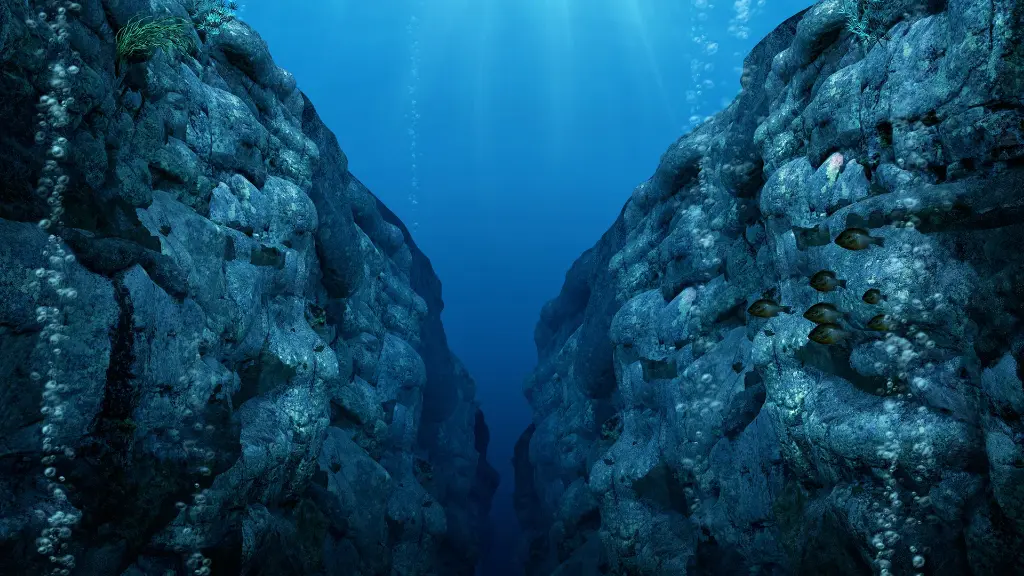Ever wondered about those amazing forests that thrive where the land meets the sea? We’re talking about mangroves and salt marshes – two incredibly important coastal ecosystems. Often overlooked, these habitats are far more than just muddy flats. They’re bustling nurseries for marine life and powerful players in the fight against climate change.
Why are Mangroves and Salt Marshes So Important?
Mangroves and salt marshes are vital coastal ecosystems that offer a multitude of benefits to both the environment and us. They act as a buffer against coastal erosion, protecting shorelines from storm surges and rising sea levels. More importantly, they are incredibly productive habitats, supporting a diverse range of species, and playing a significant role in carbon sequestration.
The Nursery of the Sea
These ecosystems are like daycares for the ocean! Many commercially important fish and shellfish species rely on mangroves and salt marshes as nurseries during their juvenile stages. The dense root systems of mangroves and the lush vegetation of salt marshes provide shelter from predators and an abundance of food, allowing young organisms to grow and thrive. This contributes significantly to healthy fish populations and sustainable fisheries.
Carbon Sequestration Champions
Mangroves and salt marshes are exceptionally efficient at capturing and storing carbon dioxide (CO2) from the atmosphere, a process known as carbon sequestration. They store this carbon primarily in their sediments, which can accumulate over thousands of years. In fact, these ecosystems can store significantly more carbon per unit area than terrestrial forests, making them invaluable allies in the fight against climate change.
Key Features & Benefits
| Feature | Description | Benefit |
|---|---|---|
| Coastal Protection | Dense root systems and vegetation. | Reduces erosion, buffers against storm surges, and protects shorelines. |
| Nursery Habitat | Shelter and abundant food sources. | Supports juvenile fish and shellfish populations, contributing to sustainable fisheries. |
| Carbon Sequestration | High rates of carbon storage in sediments. | Helps mitigate climate change by removing CO2 from the atmosphere. |
| Water Filtration | Filtering pollutants from runoff. | Improves water quality and protects marine life from harmful contaminants. |
| Biodiversity Hotspot | Supports a wide range of plant and animal species. | Contributes to overall ecosystem health and resilience. |
Threats to Mangroves and Salt Marshes
Despite their immense value, mangroves and salt marshes are facing numerous threats, including:
- Habitat Loss: Due to coastal development, aquaculture, and agriculture.
- Pollution: Runoff from land carrying pollutants that can harm these ecosystems.
- Climate Change: Rising sea levels and changing weather patterns.
What Can We Do?
Protecting and restoring mangroves and salt marshes is crucial for the health of our planet. Here are some ways we can help:
- Support organizations working to conserve these ecosystems.
- Reduce our carbon footprint to mitigate climate change.
- Advocate for sustainable coastal development practices.
- Educate others about the importance of mangroves and salt marshes.
By working together, we can ensure that these vital coastal ecosystems continue to thrive for generations to come!




